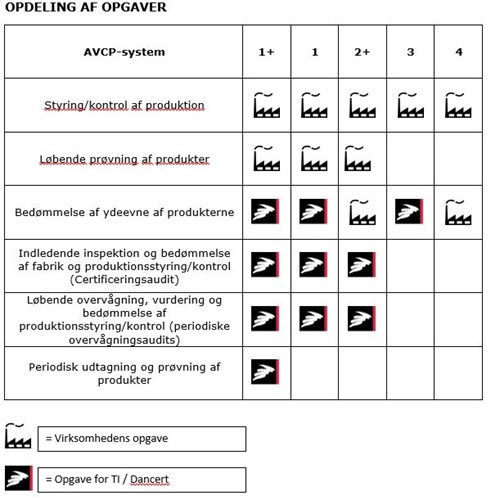The path to CE marking
Any construction product to be sold in the EU member states has to be CE marked. This is to document that the product characteristics comply with the applicable harmonised standards.
The 'harmonised European standards" stipulate the system the manufacturer must use to document that the product's characteristics are consistent with those documented. For some products, the system may have been stipulated in a Technical Approval (ETAG).
The Construction Products Regulation also requires that manufacturers have a system for production control, in order to be able to attest to conformity.
Depending on the product and its compliance system, there are different requirements for testing and conformity in the form of certification.
CE marking compliance A manufacturer can only affix the CE mark to its products, and thereby be entitled to freely sell the product in the member states, once the manufacturer has documented that the product's characteristics comply with the relevant harmonised standards or European Technical Approval. The detailed rules for this declaration of conformity can be found in the given standard or approval.
Six systems for the level of declaring conformity The compliance system for a given product is determined based on safety issues.
The relationship between the responsibilities of the company and the certification body are illustrated in the following table.

